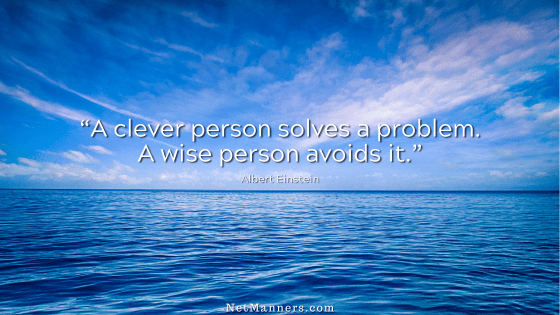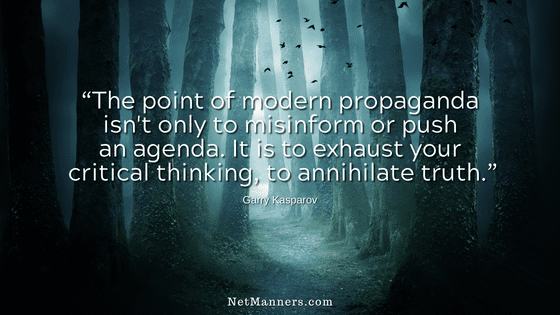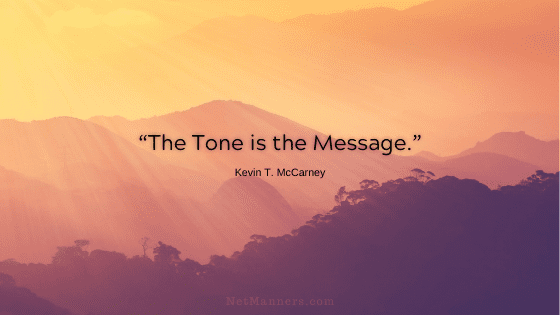5 Essential Elements of Every Email

I’ve been emailing for over thirty years, and letter writing has not returned to vogue. Many people do not even know how to write in cursive anymore. So, with email being the written word of the time, everyone needs to be aware of the basics. These are the bare minimum if that’s all you’re into.
For folks like me, we never stopped writing letters or sending birthday or thank you cards by snail mail. Some things require your attention and effort, and reflecting caring and courtesy via a hard copy always has more impact than a digital email.
But email is here to stay. With that comes the necessary skill acquisition to use it properly. That requires effort and the ongoing ability to embrace whatever technology comes down the road.
Writing skills matter regardless of whether they are in an email, hardcopy card, or handwritten note. With every email you create, you have the opportunity to communicate clearly, and there is no excuse not to. As the author, you are responsible for ensuring that the intent and tone you wish to convey come across to those you email.
If you don’t pay attention to detail in every email you create, you risk misunderstandings or giving a less-than-favorable impression. You could also be viewed as illiterate.
In Email, Word Choice and Style Matter
With email, you lose the benefit of eye contact, body language, a firm handshake, or a smile. So, we must compensate for that by being clear and concise with every aspect of our emails.
It would benefit your communications to take the time to create emails that have these 5 Essential Elements firmly in place. These tips will help you not detract from your message and minimize the potential for any negative perception or misunderstanding.
5 Email Essentials to Integrate
Every email you write should have these 5 Essential Elements covered:
A Positive Impression is Everything
All we have is perception. Perception that is within your control to control.
Make an effort to integrate these five essential elements in every email you send. You will contribute to the perception that you are tech-savvy, courteous, and a pleasure to communicate with. Then, continue improving your writing skills to become an email pro.






